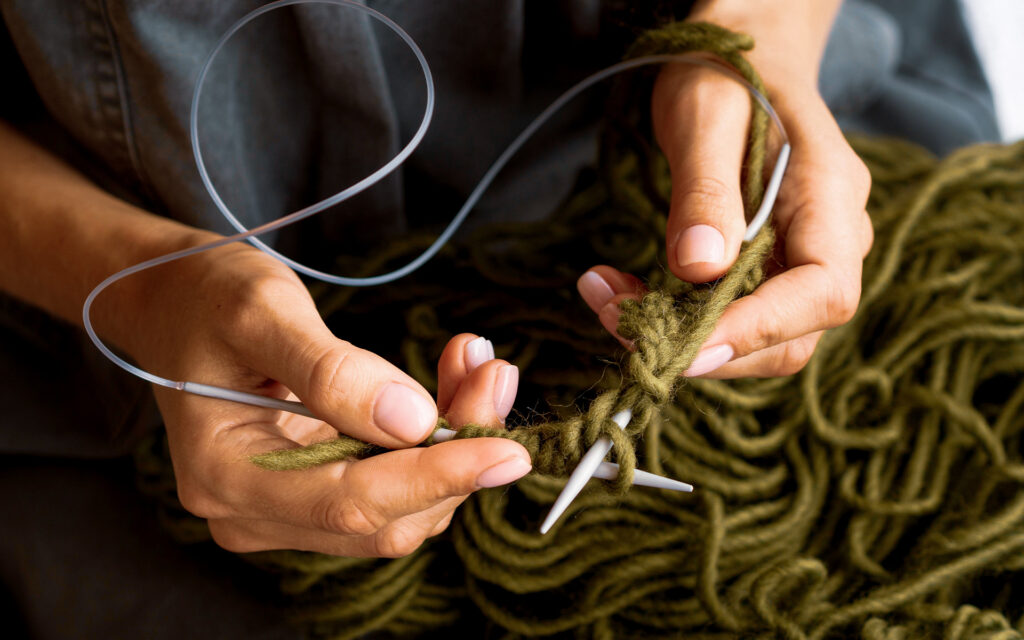As sustainable fashion becomes global, thanks to consumers becoming increasingly aware of the impact of this highly polluting industry, the question arises as to whether the sustainability movement is elitist, dividing social classes.
Nowadays, in response to climate change, buyers are looking for companies more engaged with their values. Companies that are also transparent in their production chain, in the working conditions of their workers, and in their environmental impact.
However, although the sustainability movement has grown tremendously against the fast and ultra-fast fashion consumption, the cost of greener garments means a higher price.
Therefore, many believe that sustainable fashion brands are not an affordable alternative for all buyers. This hinders more sustainable consumption as not everyone can afford it.
For this reason, sustainable fashion has become a status symbol perceived as elitist.

Why are green businesses more expensive?
Sustainable fashion not only implies that a company is environmentally conscious, but also that it follows ethical practices such as reducing water consumption or using renewable energy.
The use of ecological materials derived from animals (such as wool) and cultivated plants (such as organic cotton) needs sustainable practices that often require manual labor, generating a remarkably higher cost.
It is estimated that the price of sustainable fabrics is, on average, between two and four times higher than that of synthetic fabrics due to their production cost.
But there is much more to a price tag than the cost of fabric.
It also means living wages and fair working conditions for all workers involved in the production chain. It involves respect for ancestral artistry and the skills of traditional textile manufacturers.
In addition, sustainable production, to avoid overstock, is produced on a small scale to reduce waste. This means that it costs more to produce each item, increasing the cost per product.
On the other hand, ethical companies with sustainable production must invest in third-party certifications that allow them to identify other companies involved to ensure transparency in their production chain and comply with quality standards.

In summary, the price of a sustainable garment consists of:
- Green production processes, such as the use of natural dyes;
- High-quality natural, organic, or recycled raw materials;
- Living wages and fair working conditions,
- Ethical and transparent supply chains;
- Sustainability certifications.
These are the reasons for the higher prices of organic products that are reflected in the final retail price.
In contrast, fast and ultra-fast fashion companies have unethical mass production, low quality, and high impact. They become accessible to most for their lower price but without thinking about overproduction and waste.
They can keep their costs low by outsourcing labor to developing countries with minimum wages and unsafe working conditions. Also, they use cheap materials, such as synthetics derived from fossil fuels.
This difference between these “two fashions” creates a gap because people who can afford to buy ethically are considered more environmentally responsible than those who cannot, just because they have spent more money on a sustainable product.
Therefore, there is no doubt that considering sustainable fashion elitist is harmful since it alienates engaged consumers who want to have the chance to buy more sustainable and affordable but cannot do so.
The most sustainable garment is the one already in your closet
If the purchase of garments and accessories were limited, it would be possible to buy items from sustainable companies within a budget that aligns better with our income. This approach would make it easier to invest in durable, higher-quality products instead of acquiring numerous fast fashion items.
However, buying a garment in a sustainable fashion store is not the only way to be responsible.
There are more sustainable options considering the budget itself.
Secondhand shopping and renting are other ways for consumers to buy sustainably and more affordable for their pockets.
Buying fast fashion is also not a problem in itself if it is not done in excess. Several companies are adopting new solutions for their linear business model. In addition to creating eco-friendly collections, they use recycled materials and have their own second-hand platform.

There is no doubt that the price of sustainable garments reflects the real costs of their production, causing a lower impact on the environment, people, and animals, leaving a smaller ecological footprint.
And maybe instead of thinking that sustainable fashion is elitist because of its high price, why not to think about the low cost of fast or ultra-fast fashion?
Low prices lead us to believe that they generate savings for consumers. This may seem true in the short term, with a narrow focus and looking only at the money in our wallets, but all of us, as citizens of the world, will end up paying the external cost, the true cost of unsustainable consumption and cheap garment production.
Fashion Revolution
Fashion Revolution response to news that Missguided is selling bikinis for just £1





